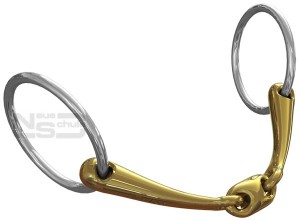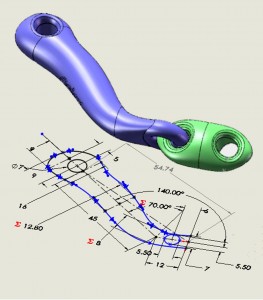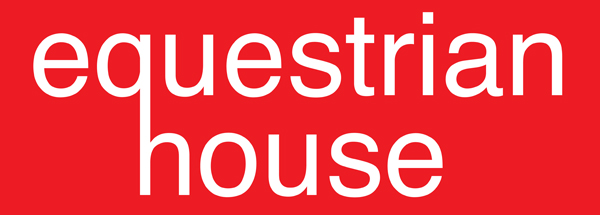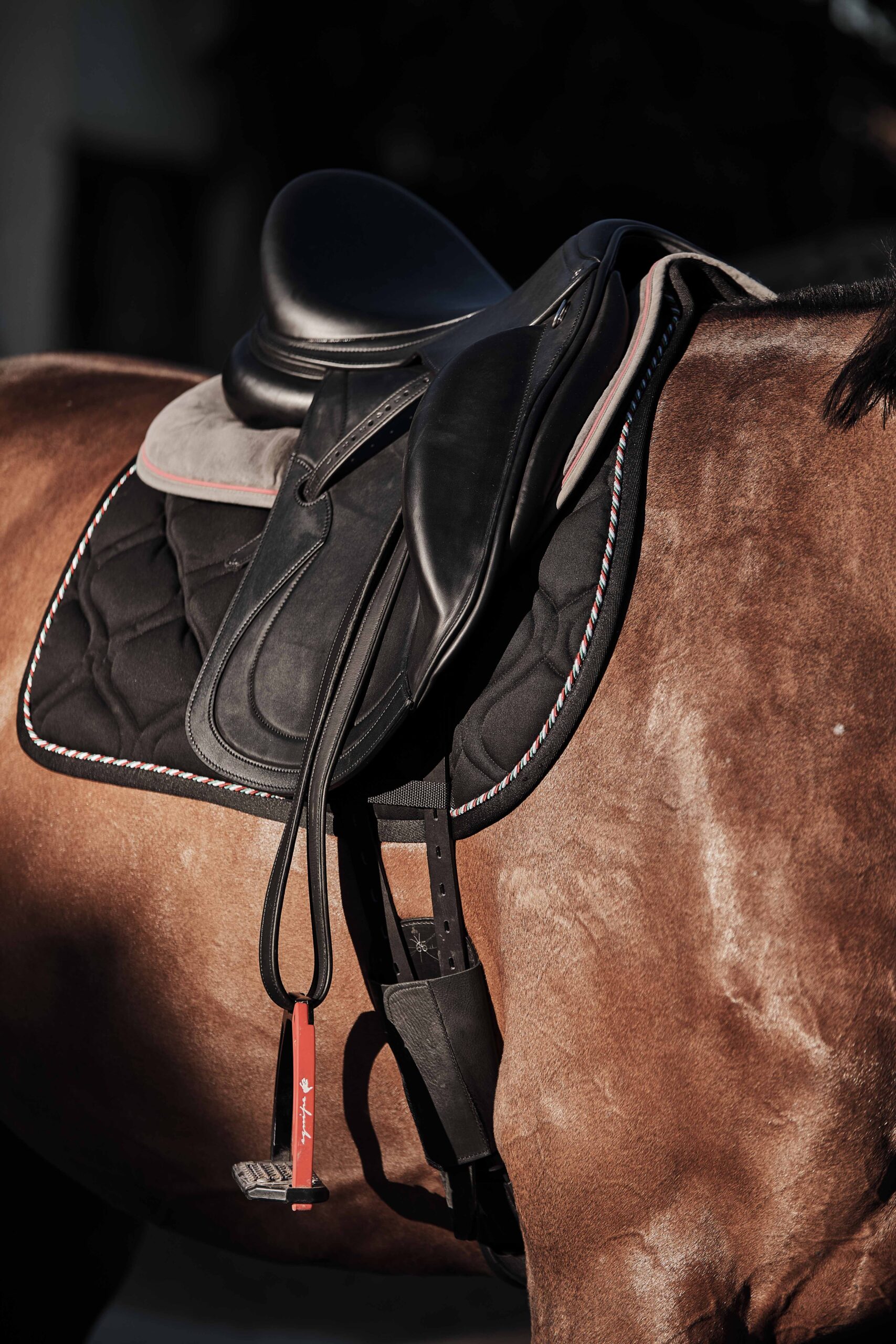
The Neue Schule difference – the Evolution of Design
The purpose of the bit and common held beliefs
Says Heather Hyde, Neue Schule Founder: “In introducing the Neue Schule products to the market, my personal ambition is also to promote the dissemination of good practice, informed by science as well as common sense. I hope that this article and our website help in some small way to promote informed debate and stimulate discussion”
The purpose of the bit is for communication and control. In order to achieve communication, we need relaxed, confident acceptance of the bit by the horse. Research conducted under controlled scientific methods has recently radically enhanced our understanding and knowledge of mouth anatomy and the different pressure points required to achieve comfort. Applying this knowledge to the design and manufacture of horse bits enables us to more effectively redress bad ways of going or evasions and promote ways of going that develop correct muscle structure and a soft, consistent contact. This emphasis on scientifically informed design has been coupled in the Neue Schule range of bits with the unique recognition that a high thermal conductivity of the mouthpiece must also be significantly influential in bitting. Responding to these scientific advances in knowledge, we are meeting a basic requirement best observed by P.R. van Weeren who has commented: “….The answer should be based on sound scientific work, as only this can yield a good basis for discussion. The answer should be honest and unbiased, because the horse deserves this after 5000 years of unselfish and faithful service.”
For those of us brought up with the weight of tradition being our best means of deciding on horse welfare and training, this research has provided a wakeup call. We have had to re-evaluate and reconsider our objectives and the methods by which we achieve them. Many traditionally held beliefs have been effectively dispelled in the light of increased knowledge and scientifically controlled testing.

The Neue Schule Difference
“There’s something different about Neue Schule design and engineering. We’ve talked to you, looked at what has gone before, thought about your horse and your ambitions and built our reputation on keeping you and your horse happy to work together and to have fun.”
Company Founder Heather Hyde originally started one of the first horse bit rental companies in the UK in the late 1990s after seeing first-hand how difficult it was to find bitting solutions to problems riders were having. Seeing that the traditional and highly regarded Lorinery industry was in decline in the UK, Heather set about filling the gap in the horse bit market with well-considered bit designs. Involving the adaptation or overhaul of traditional designs, Heather fine-tuned her own design strategy, guided by the thoughts and needs of riders and their horses as they entered the 21st century.
This ‘new school’ of thinking (or “Neue Schule” in German) is embodied in the refined designs, more accommodating profiles and cutting edge materials to be found in these bits.
Technology
Art into Engineering
Many decades of insight into understanding the important dynamics and drivers of communication between horse and rider have driven the designs of these amazing bits. This knowledge and passion is deeply embedded in Neue Schule and has evolved to the point where the product design and development process is a refined art.
It is vital that, in developing the designs, we are able to translate this insight and artistic interpretation into beautifully engineered bits that accurately capture the design intent.
Neue Schule deploys state-of the art-engineering techniques to capture this design and, from a computer system, translates this into a manufactured bit, capable of delivering the performance that riders demand.
The Engineering Process
Revolutionising the art of the Loriner
Computer Aided Design technology has made it possible for Neue Schule to be much more innovative when creating new mouthpieces and cheeks. This new state-of-the-art technology now allows the design team to precisely and proportionally reproduce the required ergonomic shapes and details in any mouthpiece size. It enables NS to match design to equine mouth conformation; profiling and engineering critical design features to fit comfortably within the tight parameters and sensitive areas of the mouth. This utilises the connection points necessary in order to promote effective communication through the reins between rider and horse.

Neue Schule designer bits promote the comfort and consequent performance of the horse. The variance in mouth conformation between breeds has been studied in detail. The various designs accommodate, for instance, large tongues, fleshy lips, thin angular bars or general oversensitivity. CAD enables NS to create a precision tool that, in the right hands, subtly utilises the specific pressure points necessary to promote a particular way of going or eradicate an unwanted bitting evasion owing to discomfort. Even when the hands aren’t perfect, the attention paid to mouth conformation in the design softens the impact and helps develop the rider/horse relationship.
Without CAD technology and modern manufacturing techniques, we could not have achieved the degree of precision necessary to achieve these advances.
Although the correct design of the bit is critical, another extremely important factor is the material and huge strides have been made in this area. Neue Schule has identified a property of metals, the thermal diffusivity, that it believes to be important for the comfort and acceptance of the bit.
Neue Schule Salox Gold* is our unique metal that rapidly equilibrates to blood temperature so that the mouthpiece is less likely to feel like a foreign body in the horse’s mouth. When this happens, we can expect a more relaxed acceptance of the bit which promotes responsiveness to the rider’s aids and culminate in a soft, consistent contact.
*Salox Gold Patent Application Pending [EP2191027 (A1), US2010284852 (A1), AU2008299612 (A1)]
Quiet, relaxed acceptance of the bit optimises communication between horse and rider and enhances performance. If our objective with bit design is to be perfected, it will use materials and designs intended to discourage mouthing rather than encouraging it. Rather than designing a bit for the horse to ‘explore’ whether by taste or feel, NS aims to make the bit itself ‘neutral’ – simply comfortable. This radical re-think overturns what most have taken for granted and rider and horse experiences will show how well we have achieved our objectives.
Lower oxidation and higher thermal conductivity are scientifically definable features.
Thus, scientifically informed design, “honest and unbiased” as van Weeren suggests, is the cornerstone of the NS approach.


